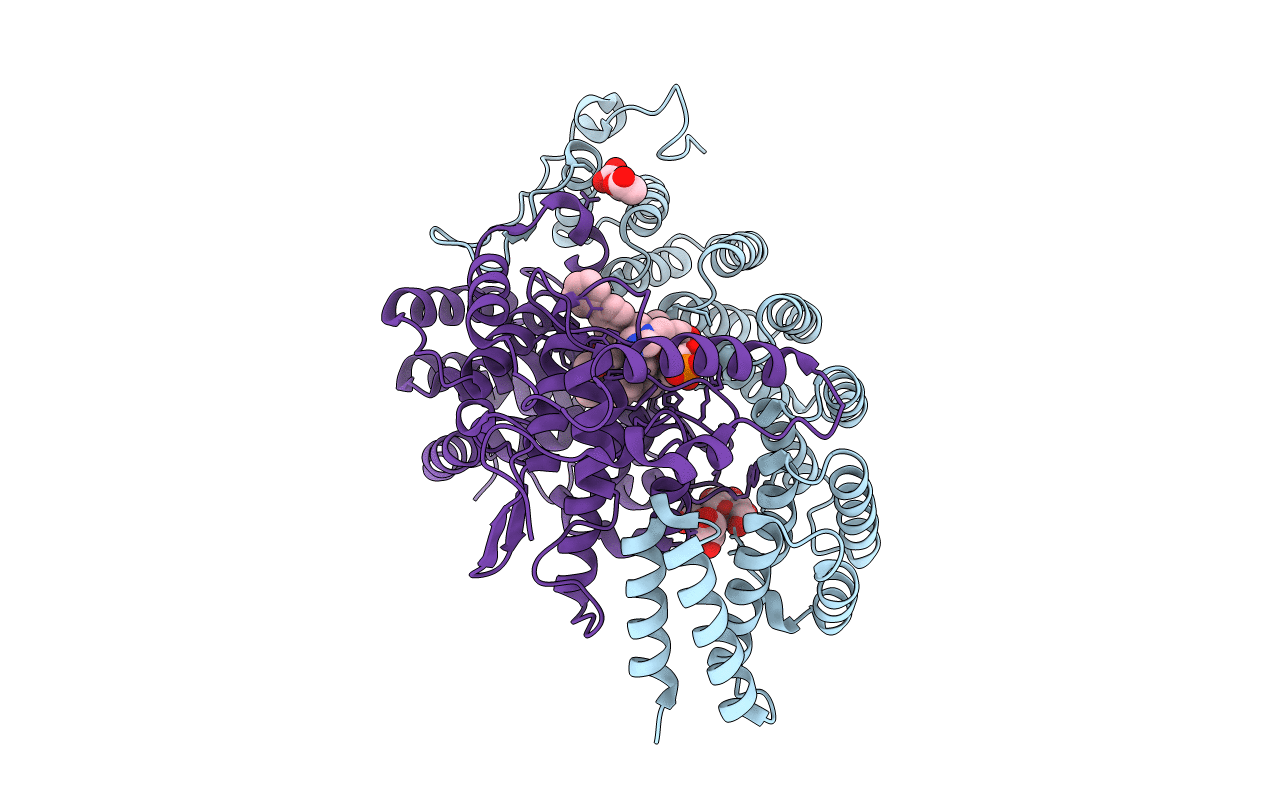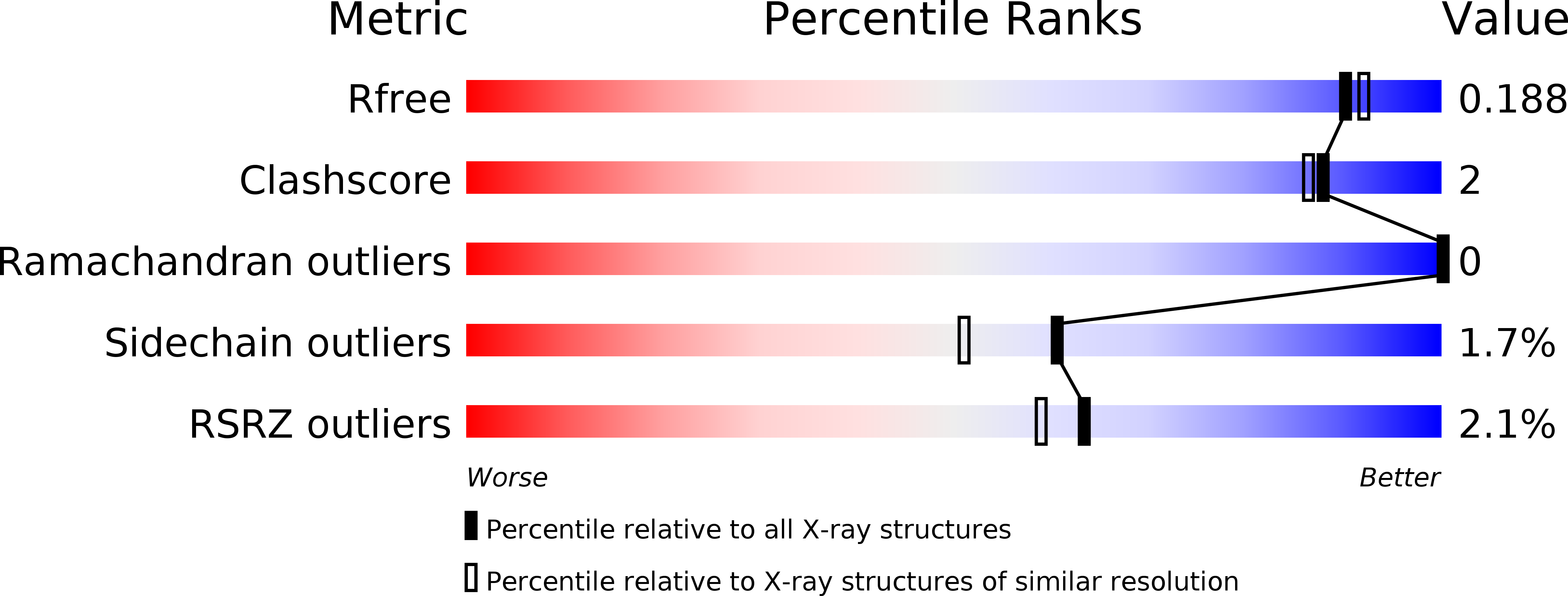
Deposition Date
2006-09-19
Release Date
2007-01-23
Last Version Date
2024-02-21
Entry Detail
PDB ID:
2IEJ
Keywords:
Title:
Human Protein Farnesyltransferase Complexed with Inhibitor Compound STN-48 And FPP Analog at 1.8A Resolution
Biological Source:
Source Organism:
Homo sapiens (Taxon ID: 9606)
Host Organism:
Method Details:
Experimental Method:
Resolution:
1.80 Å
R-Value Free:
0.18
R-Value Work:
0.16
R-Value Observed:
0.16
Space Group:
P 61


